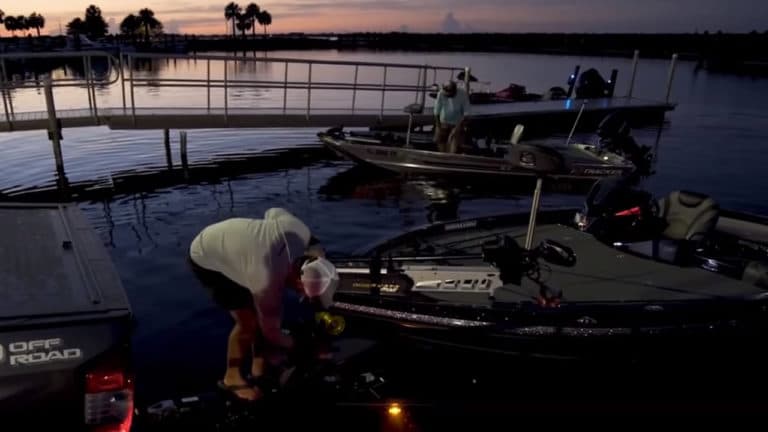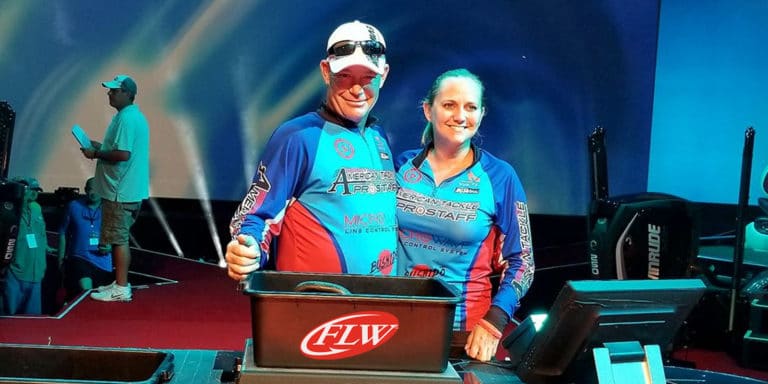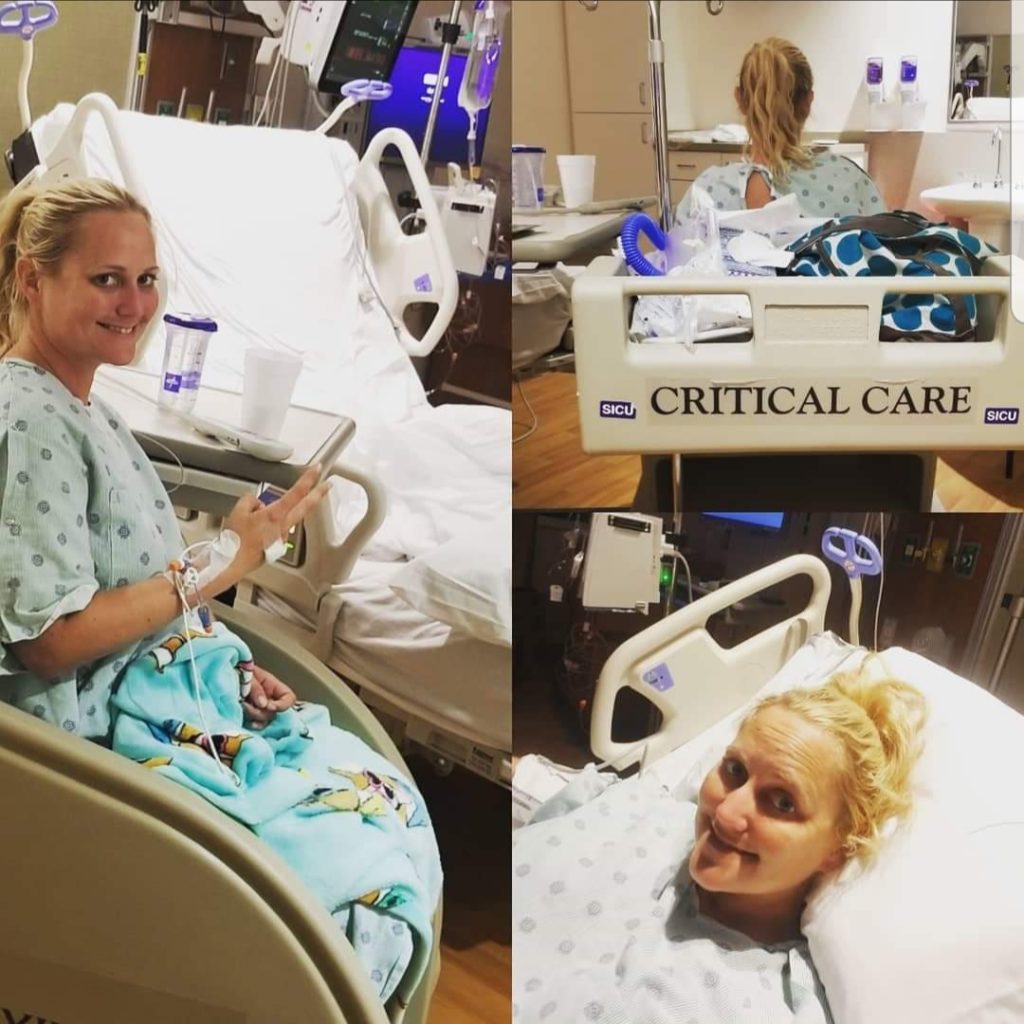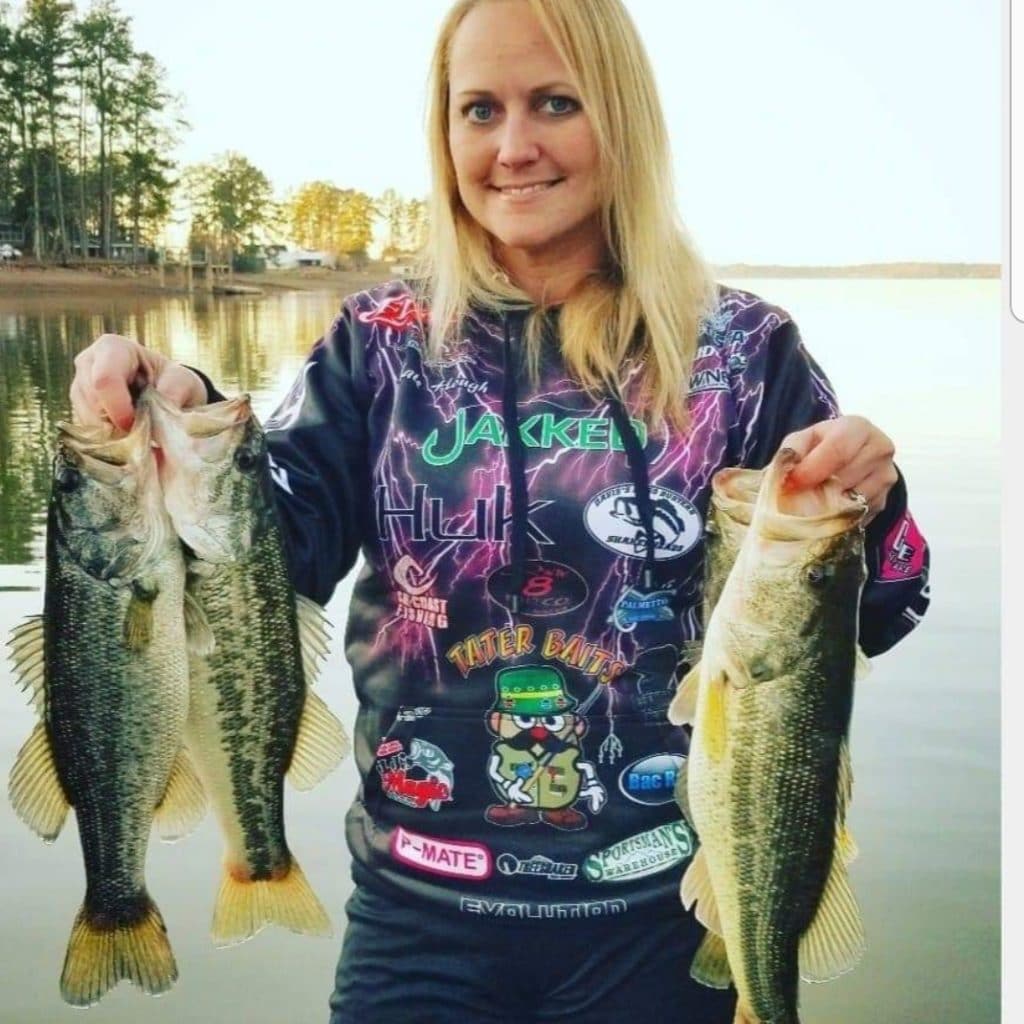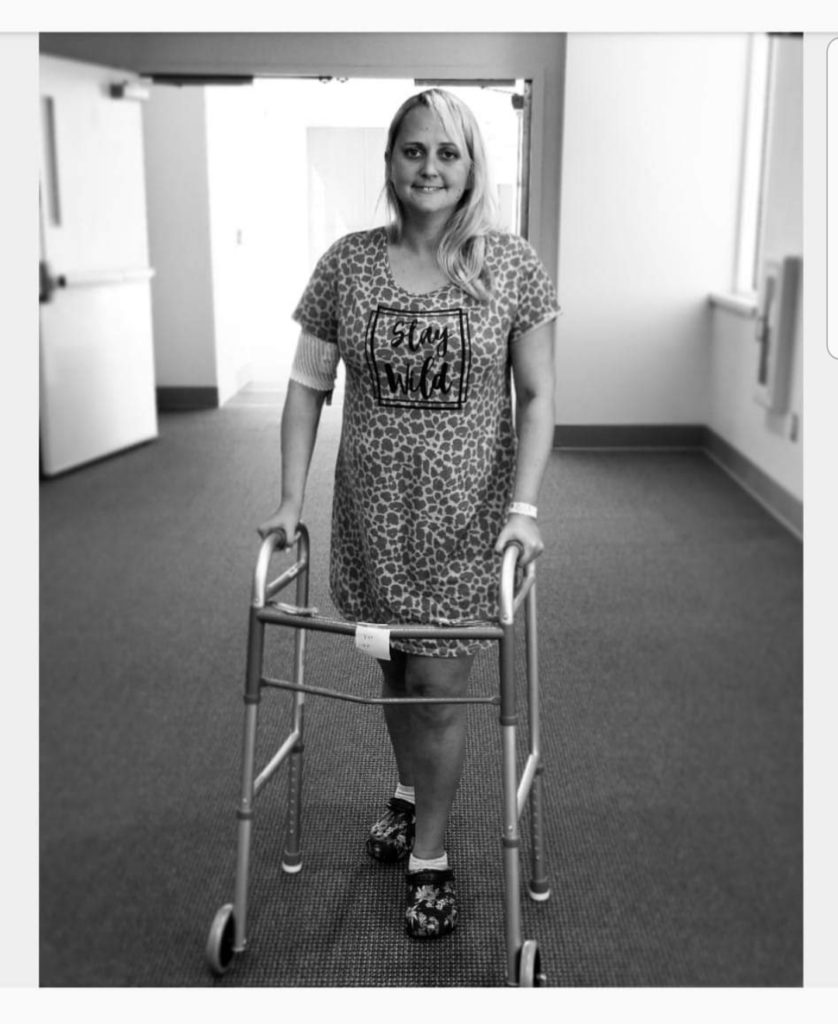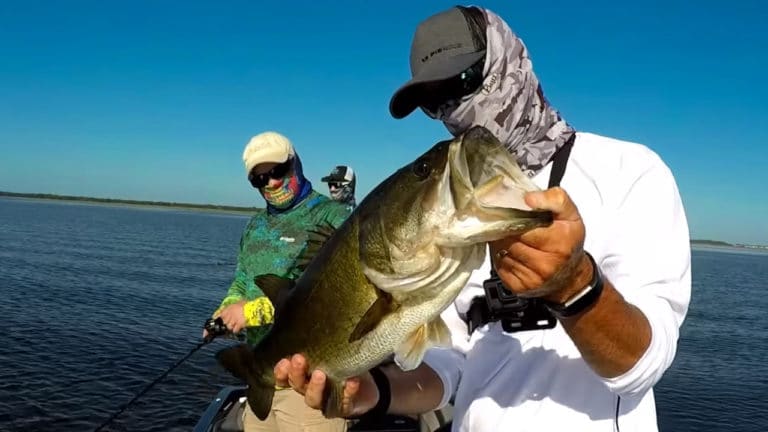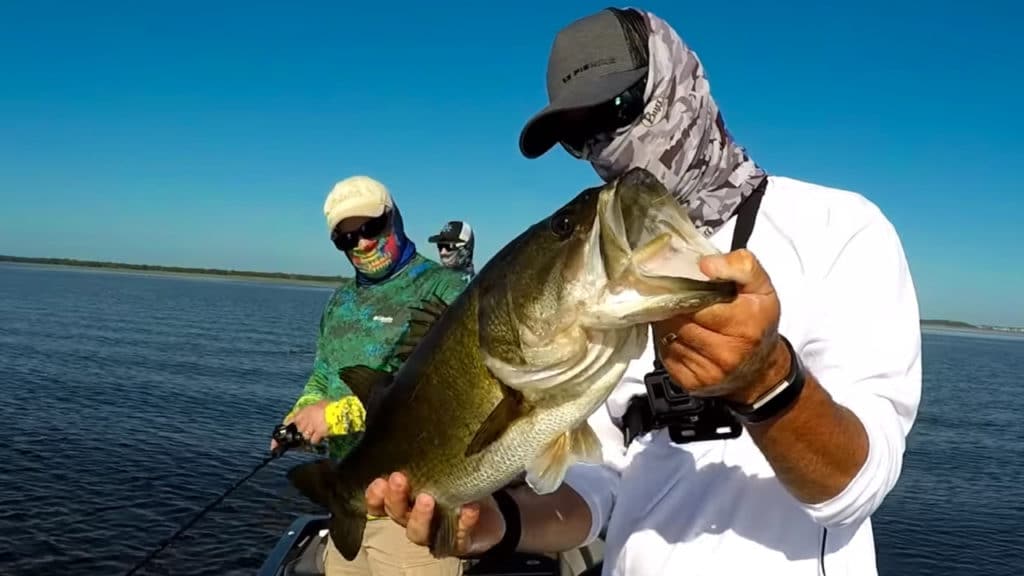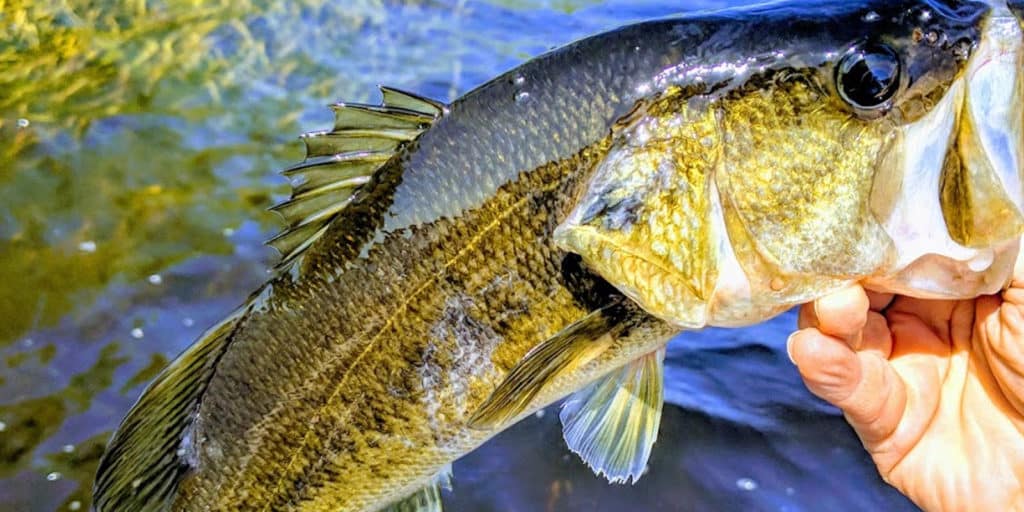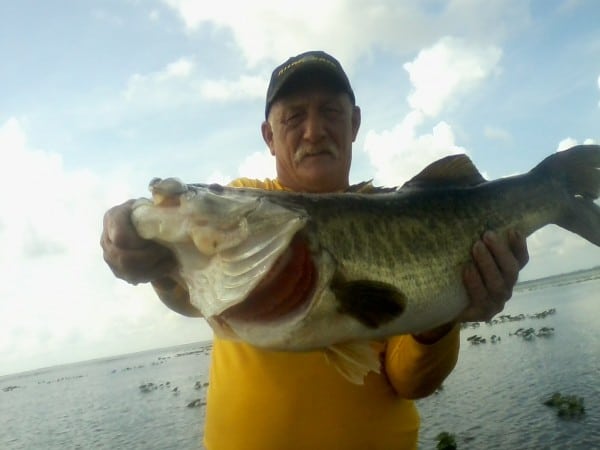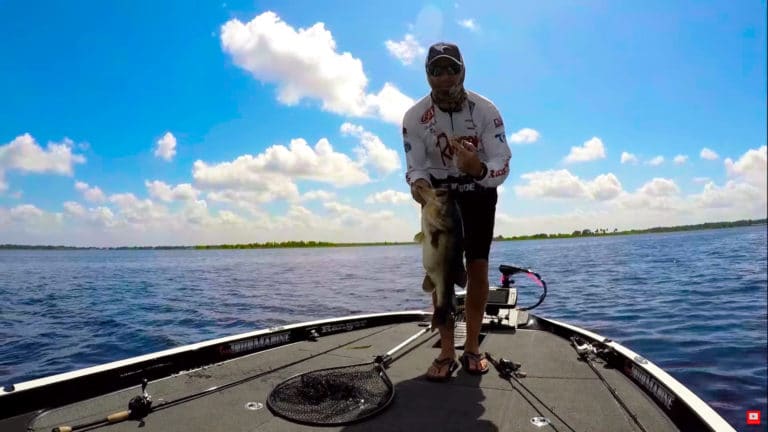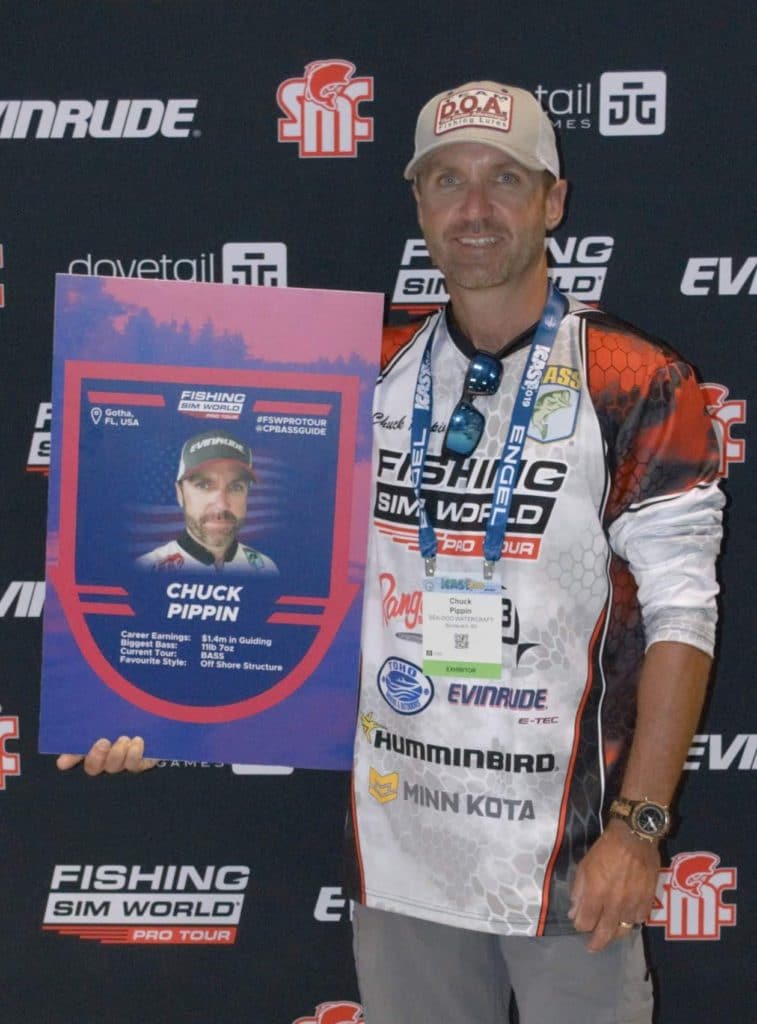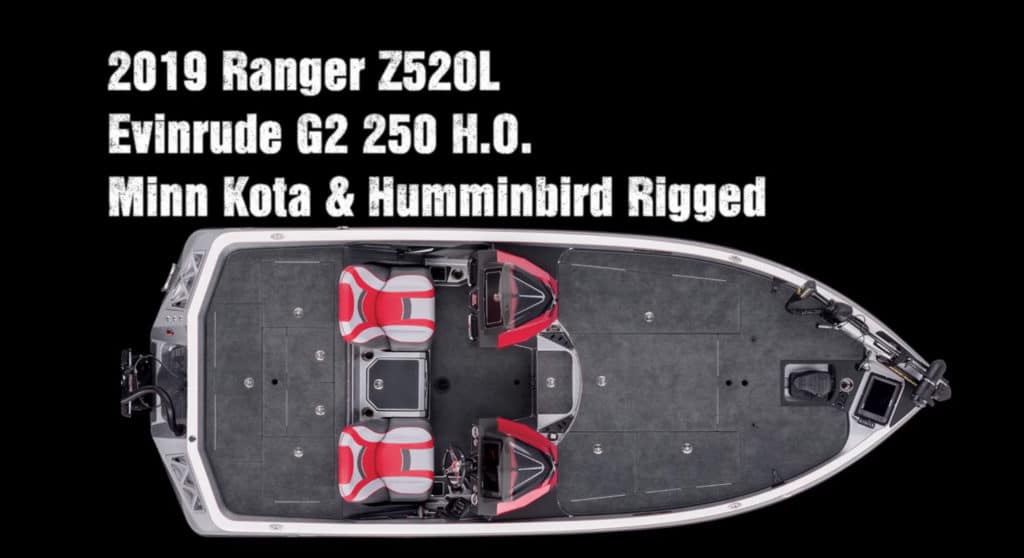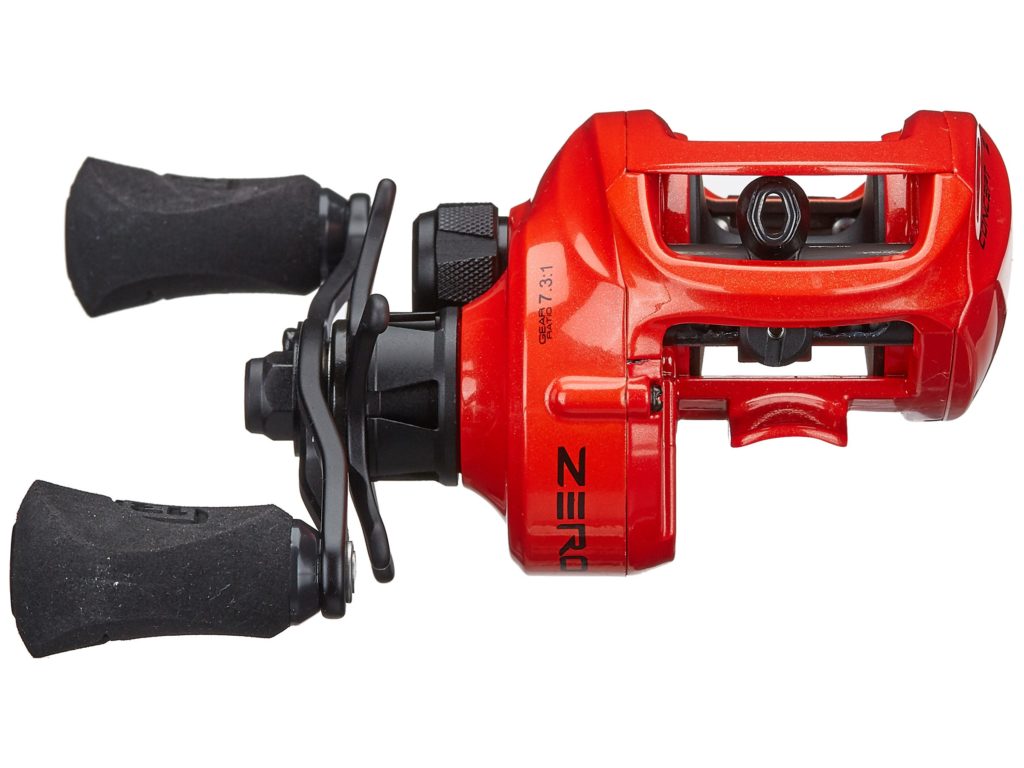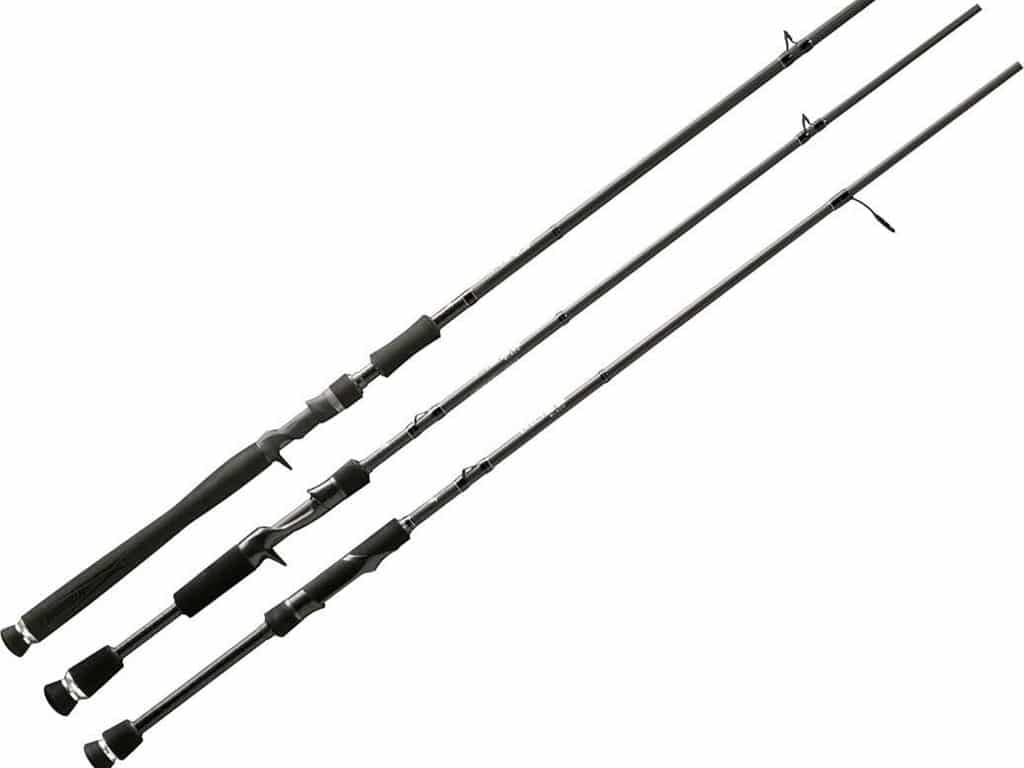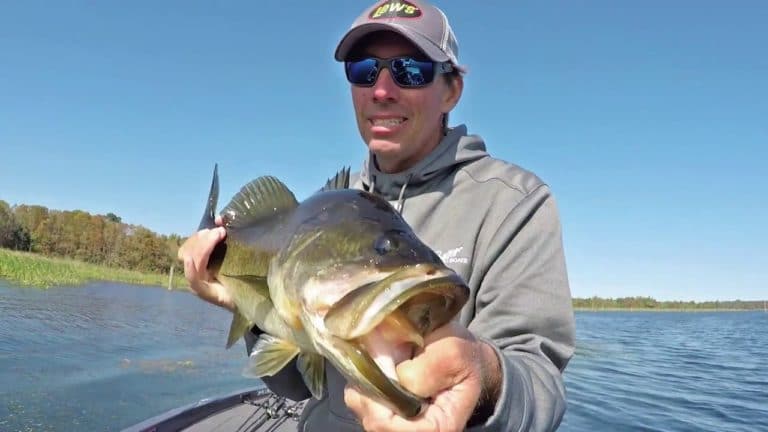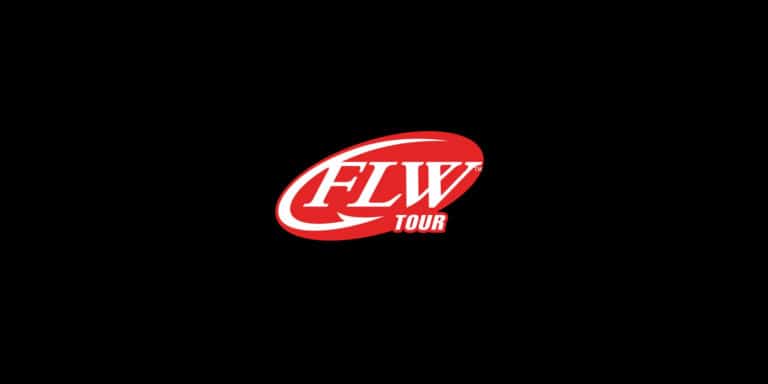In this Orlando bass fishing guide, we’re going to break down everything you need to know about Orlando bass fishing.
What comes to mind when you think about Orlando? If you’re like most people, you probably think about theme parks, golf courses, and fun in the sun. After all, Orlando is the land of Mickey Mouse, massive resorts, and a whole lot of sightseers.
But what most people don’t know is that Orlando is also a great place to go fishing. In fact, Orlando bass fishing is some of the best in the state. If you’re looking to land a lunker bass, Orlando is a great place to go.
Ready?
Let’s dive in.
Orlando Bass Fishing Guides
If you want to catch a trophy bass in Orlando, you’re probably going to need a guide/charter. You need someone who has a significant amount of experience catching lunker largemouth bass. Someone who knows the Orlando bass fishing lakes inside and out. Someone who knows where to fish, when to fish, and how to fish. Without a guide, you may end up spending hours and hours on the water and still not catch the trophy fish you’re after.
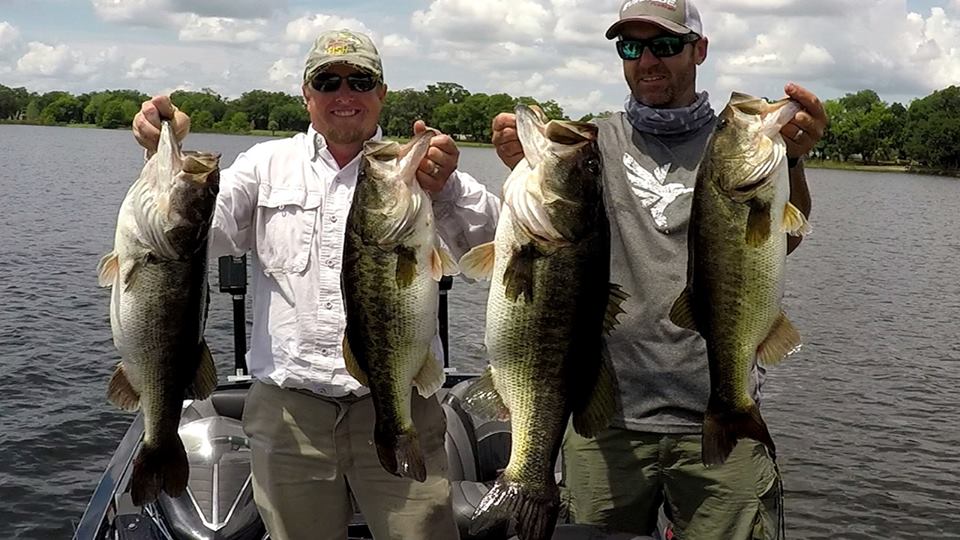
One such guide who meets all these qualifications is Chuck Pippin. With over 19 years as an Orlando bass fishing guide, Chuck certainly knows where to locate the big ones. He spends over 300 days every year on the water, and specializes in using artificial lures. However, if you want to use golden shiners to catch trophy largemouth bass, you can do that too.
Perhaps most important of all, Chuck is determined to help anglers have an amazing experience on the water. His “no fish, no pay” policy ensures that you’ll get the absolute best service possible.
And if you’re staying in an Orlando or Kissimmee hotel or resort, free transportation is usually available.
Orlando Bass Fishing Guide To Lakes
Despite being a relatively well-developed area, Orlando has numerous outstanding bass fishing lakes, all capable of producing huge fish. Simply put, you don’t have to drive far from Orlando to find great bass fishing.
Lake Tohopekaliga (Lake Toho)
Located in Kissimmee, which is only 18 miles south of Orlando, Lake Toho has long been known as a stellar bass fishing lake. It achieved notoriety when, in 2001, professional angler Dean Rojas set a new B.A.S.S. tournament total weight record, hauling in a whopping 108 pounds of largemouth bass. In total, 21 bass over 10 pounds were caught and 251 individuals reached the fish-fish limit. But don’t think these kinds of results are only limited to tournaments. Anglers regularly pull trophy fish from the waters of Lake Toho.

Why is the lake so productive? Several reasons. First, there is plenty of cover for the fish. Second, the water is absolutely full of nutrients. Third, the consistently warm weather allows the bass to stay active longer and grow larger. It’s the perfect recipe for big bass in large numbers.
The lake is 18,800 acres so if you are looking to catch huge bass or lots of them the best thing to do is hire a lake Toho fishing guide.
Lake Butler (Butler Chain Of Lakes)
Located just nine miles from Disney World, Lake Butler is a fantastic place to go hunting for largemouth bass. A lot of people think the butler chain is fishing in Disney World. Lake Butler is actually a series of 11 interconnected lakes sprawling over 4,720 acres in Orlando. It’s important to note that boat access to Lake Butler is limited to one county ramp at Lake Isleworth. It costs $5/day or $150/year to use the ramp.
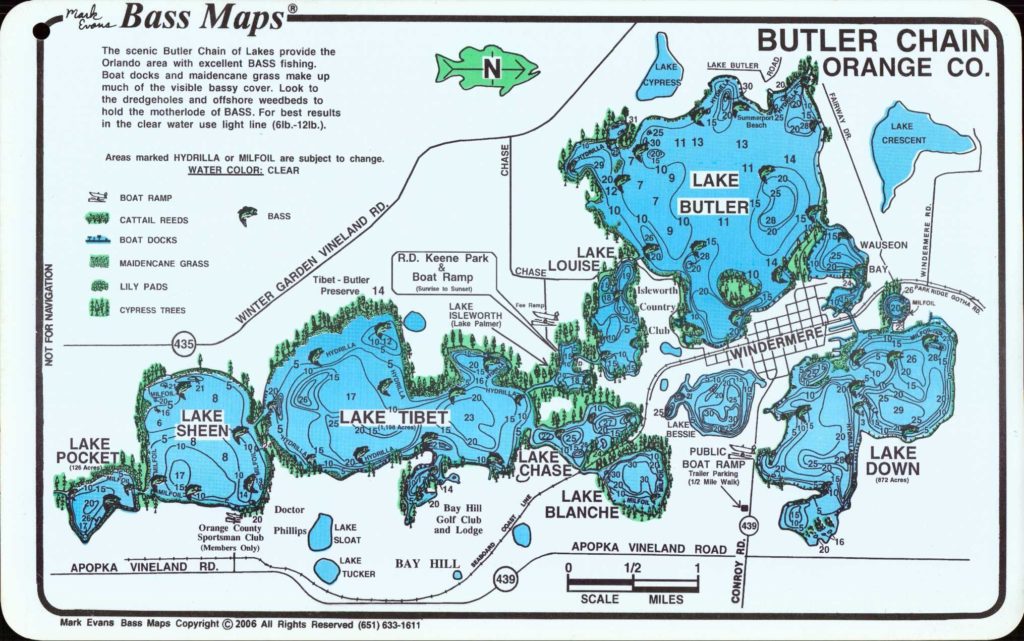
By fishing the offshore structures in the lakes, anglers can consistently catch five-pound bass. Another popular and effective method is free-lining shiners over drop-offs, ledges, humps, and grass edges, especially those near to spawning flats. When the air and water get colder and the fish gather in groups, jigging spoons over deep-water humps can be tremendously effective.
Lake Conway (Conway Chain of Lakes)
Like Lake Butler, Lake Conway is a series of interconnected lakes (or pools). There is a north pool, south pool, east pool, and west pool. It’s located in the southern Orlando area, approximately 13 miles from Disney World. There are two boat ramps available to the public, with the largest located off Hoffner Avenue.
Spanning over 1,800 acres, the Conway Chain of Lakes has beautifully clear water and hard sand bottoms. Patches of hydrilla, eelgrass, and peppergrass can be found throughout the lake.
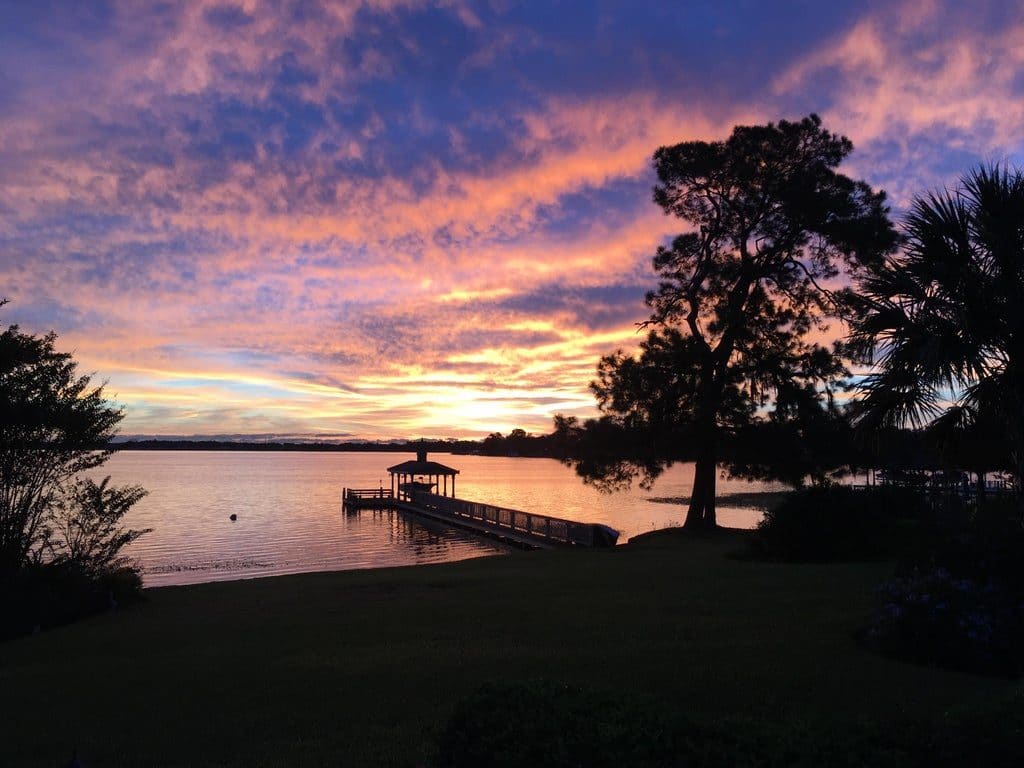
During the dead of summer, it can be a bit harder to catch bass in the Conway Chain of Lakes due to the fact that the bass suspend in deeper water. During other times of the year, however, fishing is excellent. This is especially true during the late fall and early winter when the bass travel in schools. When cold, post-front conditions move in, bass can be caught from these schools.
To locate the schooling bass, watch for birds feeding offshore. When you spot a school of bass, try using topwater lures, soft jerkbaits, jigging spoons, or white spinnerbaits.
Lake Kissimmee (Kissimmee Chain of Lakes)
Situated 29 miles from Disney World, Lake Kissimmee is the largest lake in the Kissimmee Chain of Lakes. Covering approximately 36,700 acres, the lake is known for producing trophy largemouth bass. There are boat ramps at various points along the lakeshore.
Populated by a variety of wildlife, it’s not uncommon to see bald eagles, whitetail deer, turkeys, and maybe even a bobcat. The surrounding area is an undeveloped state wildlife area and protected wetlands, presenting a truly glorious and secluded environment for anglers.
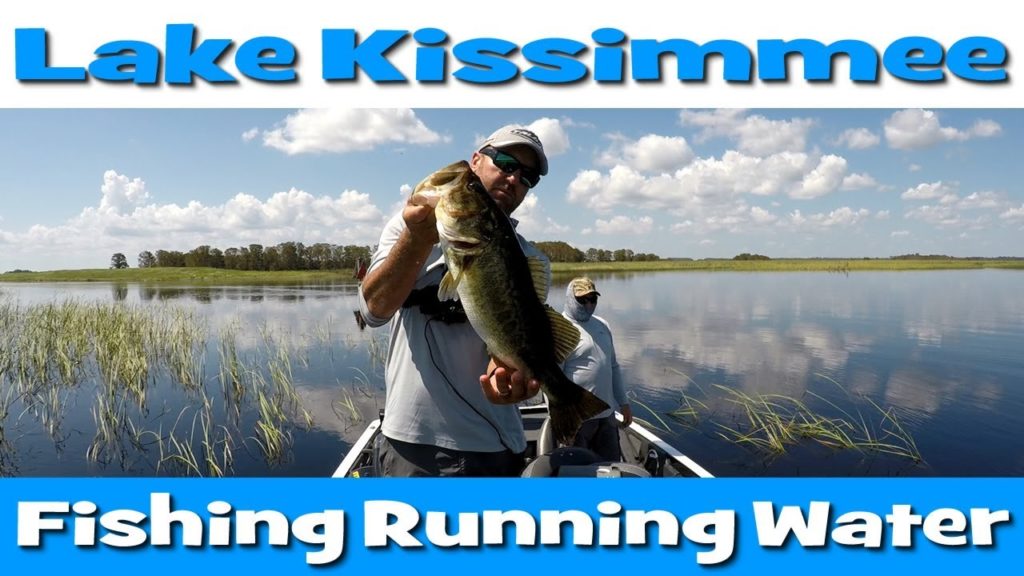
Large expanses of aquatic grass can be found at Brahma Island, Tiger Cove, North Cove, and Philadelphia point. These stands of grass are the perfect place to fish for bass during winter and spring. Plastic baits, crankbaits, and golden shiners work well in these areas. If fly fishing is your preference, there are miles of shoreline for you to explore.
Lake Walk-In-Water (Lake Weohyakapka)
Spanning 7,528 acres, Lake Walk-In-Water is a fantastic place to catch trophy bass in Orlando. Also known as Lake Weohyakapka, the lake is clear, and on calm days when the water is smooth, you can see the bottom even without wearing polarized sunglasses. Cattails, bulrushes, Kissimmee grass, shrimp grass, eelgrass, and hydrilla provide plenty of cover for bass.
If you want to use live bait, drifting shiners around offshore ledges regularly produces good catches. Topwater artificial baits also work particularly well. If you’re fishing around the docks in shallow water, consider using a jig. If you’re fishing a bit deeper, a rattletrap or crankbait can be especially productive.
One of the reasons Lake Walk-In-Water consistently produces large bass is that the State of Florida Fish and Game Commission has imposed a catch-and-release program. Any bass between 15 and 24 inches long must be put back immediately. You can keep three bass that are less than 15 inches or two bass less than 15 inches and one greater than 24 inches. This strict program has allowed the bass in the lake to grow large.
Stick Marsh/Farm 13
Located about 1 hour and 30 minutes away from Orlando, Stick Marsh/Farm 13 is a 6,700-acre reservoir is known for producing big largemouth bass. Created in 1987, it was heavily stocked with both bass and crappie. It opened in 1990, and since then it has been a favorite of Florida bass anglers. The reservoir has many man-made and natural objects in it, which offer cover for bass but present hazards to boaters. If you’re not familiar with the area, use caution when fishing it.
The best times to fish Stick Marsh/Farm 13 are in the early morning and late evening, when the sun is not as hot. Fishing after thunderstorms can be particularly productive. During the summer season, bass can be found throughout the reservoir, usually close to the tops of underwater levees and near woody structures. When the rainy season comes, look for water control outflows. Bass tend to congregate near these to feed.
If you want to use live bait, golden shiners work especially well. Anglers tend to have success with artificial lures that look like shad, which is a central part of the bass diet. Topwater lures and crankbaits are very effective.
Lake Blue Cypress
Spanning 6,555 acres, Lake Blue Cypress is a bass angler’s paradise. With an average depth of only 8 to 9 feet, the lake has plentiful vegetation which provides outstanding cover for trophy bass. Large bass can be found around the lily pads, sawgrass, submerged logs, and cypress roots. The water is known for being especially clear and clean.
The largest bass ever caught in Lake Blue Cypress was 18 pounds, 5 ounces, a true whopper in every sense of the word.
John’s Lake
Situated just northwest of Orlando, Johns Lake is located 6 miles east of the great bass fishing Clermont Florida. John’s Lake is known for consistently producing trophy largemouth bass. With a large amount of structure and a significant number of weed beds, there is plenty of cover where the big bass can hide. In the early 2000s, the lake was restocked with 500,000 fingerling bass, and many of these bass have grown to trophy size.
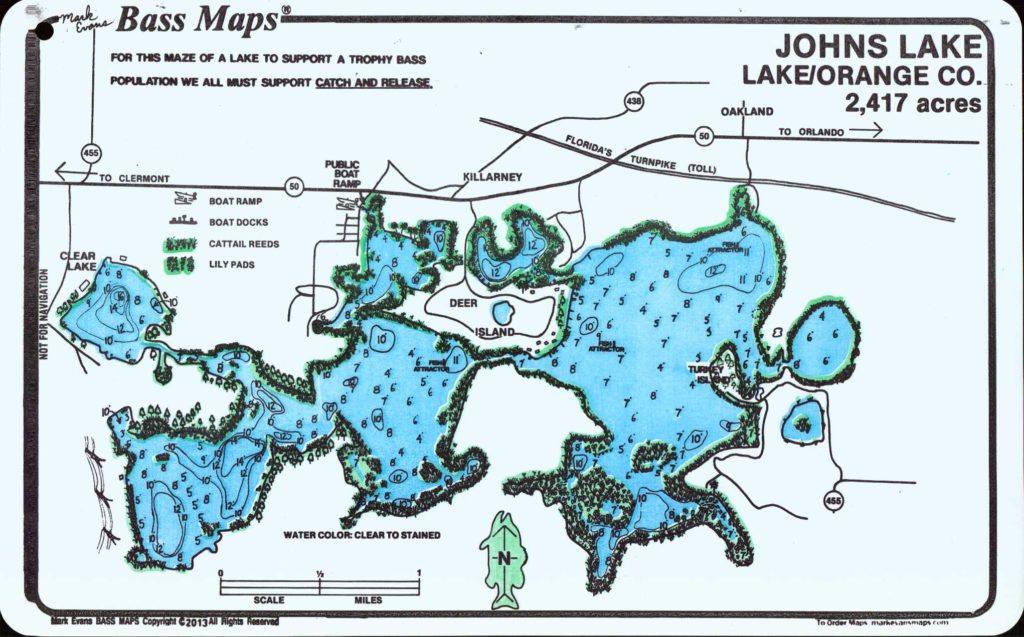 Bass Fishing Map” class=”wp-image-269″/>
Bass Fishing Map” class=”wp-image-269″/>A variety of lures can be effective on John’s Lake. In particular, rattling lipless crankbaits and plastic worms work very well. Topwater lures tend to be effective in the spring and fall, while slower lures tend to work better during the warm summer months.
A canal connects the two main lakes, and schooling bass can often be found in the canal both early and later in the day. During midday, the areas just outside either end of the canal can be productive.
Fishing Orlando Vs. Fishing Disney World
If you’ve done any Googling, you may have discovered that Disney World offers guided trips on their private lakes. Should you consider booking a fishing expedition in Disney World?
Well, maybe. It depends on what your goals are.
The lakes in Disney World certainly have plenty of largemouth bass. However, they’re not known for producing particularly big bass. You’ll probably catch bass between one to three pounds, with the occasional five-pound bass thrown in. Not bad, but not great either. You can easily catch bass this size in other parts of the United States.
Also, most Disney World fishing trips are done in pontoon boats, as opposed to bass boats. If you’re anticipating a ride in a high-performance bass boat, you probably will be disappointed by Disney World.
Finally, you probably won’t see as much wildlife in a Disney World fishing trip compared to one of the other Orlando lakes. After all, Disney World is a finely tuned ecosystem. They’re very careful about what types of wildlife they let into their lakes. If you want to see things like alligators or bald eagles, you’re probably better off fishing one of the other Orlando lakes.
Bottom line: if you want to catch trophy bass, ride in a high-powered bass boat, and see plenty of wildlife, don’t book a Disney World fishing excursion.
Ready To Catch Your Lunker?
Hopefully, this Orlando bass fishing guide has been helpful to you. Most people don’t realize that the Orlando area is home to some of the United States best bass fishing. When they think of Orlando, they think of tourist attractions, like Universal Studios and Disney World.
But with numerous high-quality lakes holding trophy bass, Orlando is actually a premier fishing destination.
So if you’re looking for great bass fishing, great weather, and beautiful scenery, book your Orlando fishing trip. You won’t regret it.


